Fascinating Commonality
Even if you have never been on a farm before, you would be able to identify a fascinating commonality that exists in every part of the United States.
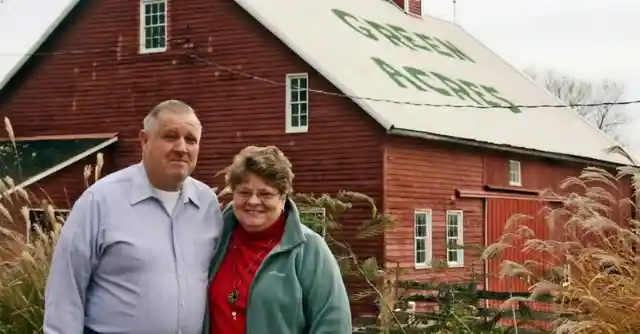
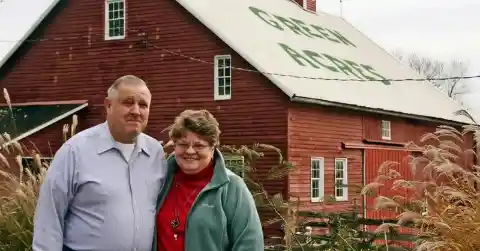
It's the color of the hold barns- red! But why are they that particular color? Is there something the farmers aren't telling us? The answer might not be what you expect.
Two Reasons
All around the US, you will hear different theories on the background of this practice.
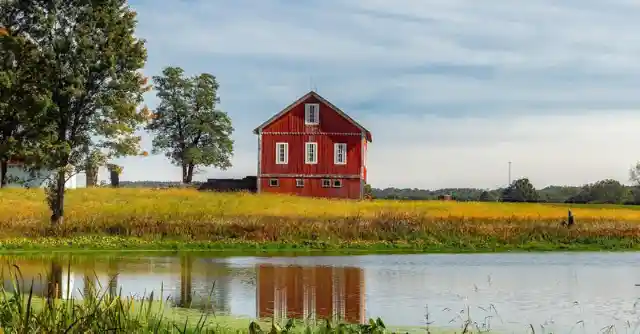
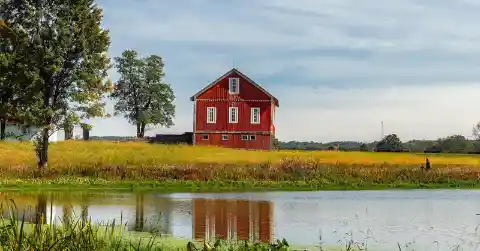
One theory is that a long time ago, farmers from Scandinavia were trying to mimic the look of brick, which indicates financial prosperity. But we know now that that is not true. There are two reasons. One lies in the earth and the other in the stars.
Old Days
Back in the day, barns were made out of just plain wood. They weren't painted a particular color.
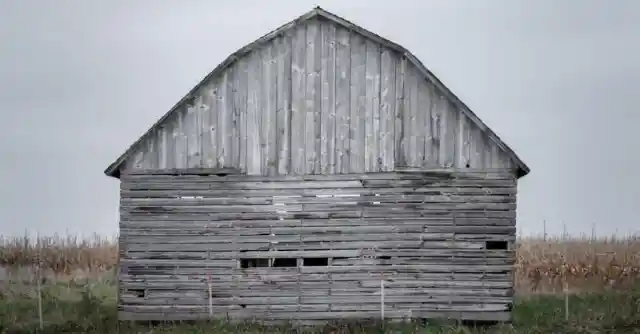
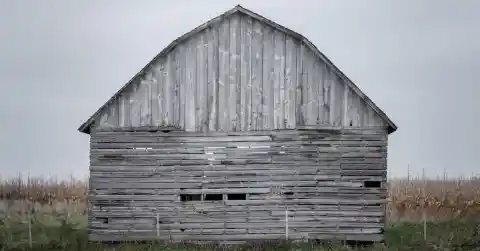
But keeping animals and storing things weren't the only things these barns were used for. They were used as community gatherings.
Essentials
Back then, people would host weddings, meetings and parties free of charge! (Unlike the amounts people pay to have a "rustic" venue now)
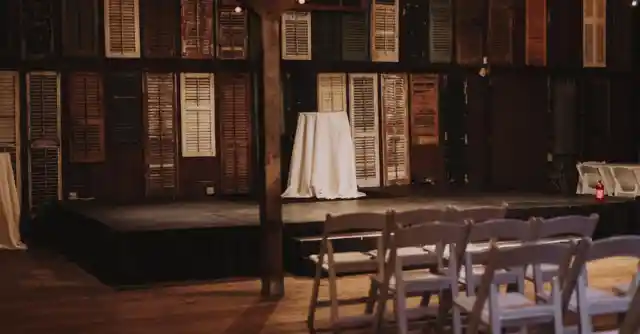
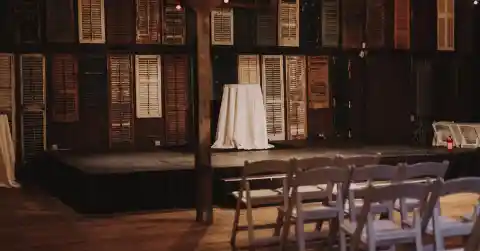
They were essential, and so it was important for them to last a long time. This is where the first reason for the red comes into play.
Cheap Protection
It was expensive to build a barn, that was why people did everything they could to keep the wood of their barns in as good condition for as long as possible.
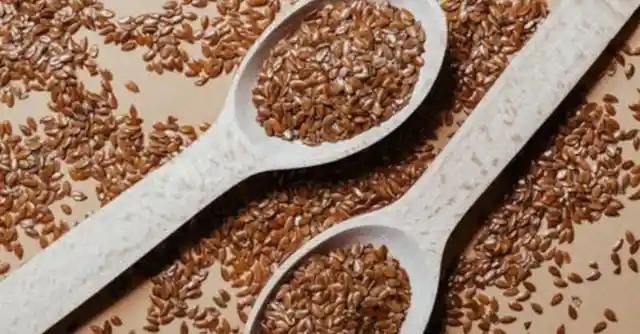
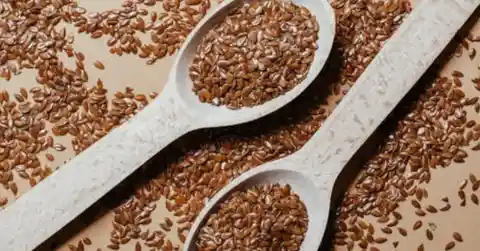
Some farmers used linseed oil, which came from flax seeds. It was easy to get and very cheap. They just had to mix this oil with pigment. But usually, they weren't the iconic Venetian Red.
An Easy Mix
After exploring a bit more, farmers soon mixed in milk, oils, lime and ferric oxide, also known as “Fe 2 O 3”.
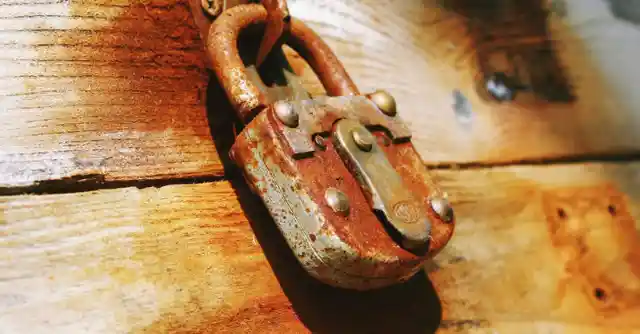
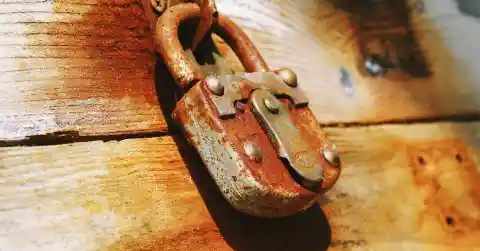
Doesn't sound familiar? The compound is rust (from Fe 26 55.847, which is iron). Finding these things was easy. They were everywhere and they were easy to mix in. But there are more reasons.
Decades Of Protection
The mixture and its color penetrate the wood, this then prevents the wood from rotting for years and even decades.
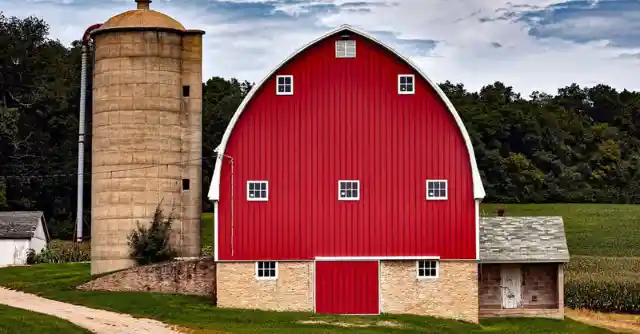
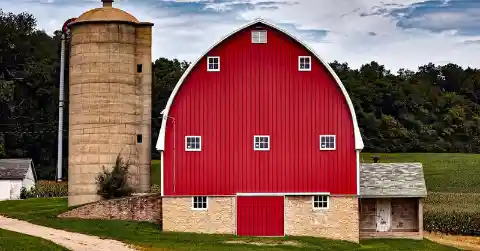
It also prevents fungus and molds from growing and spreading across the wood. It would bring in sunlight and keep the cold out. The warmer environment is important for animals. But what is the "stars" reason we mentioned earlier?
Common Element
Iron is everywhere in the world, it's one of the most common elements out there.
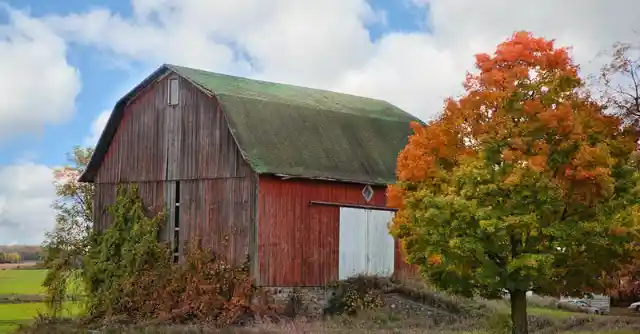
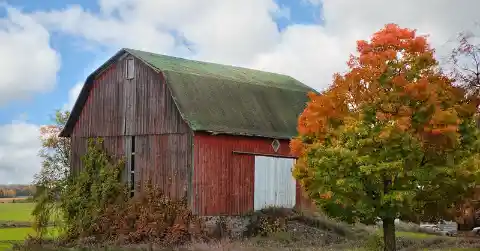
While Sears catered the farmers, red paint cost half the price of any other color because of how cheap it was to make. Hundreds of years prior to this, red was widely known in one city, which you could easily guess from the name of the color.
Natural Clay
In Venice, Italy, there were countless amounts of natural clays. They contained an iron oxide compound and it would produce the color red.
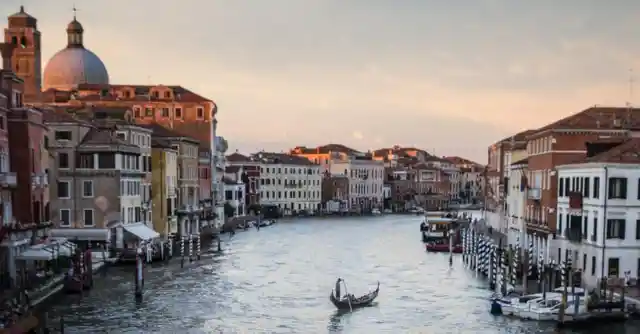
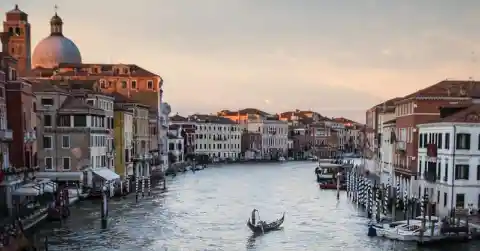
How does this relate to stars? Well let's look back to when the Earth was still forming. Then we couple this with dying stars.
Scientific Reason
The pressure builds around a star when it dies (aka. gets smaller). It puts out an element with just one proton and neutron in the nucleus.
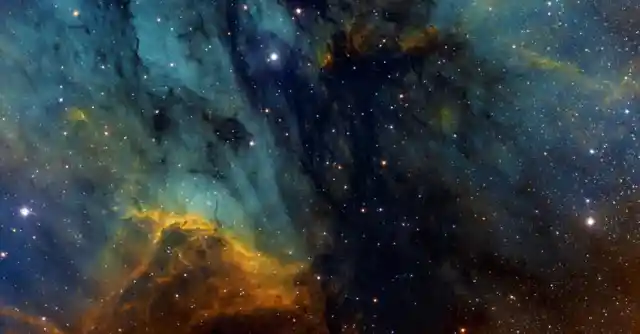
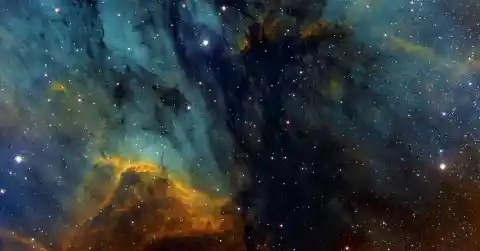
While it is shrinking, the law “actions plus equal reactions” comes into play. It takes its time as it builds up to two protos and neutrons. After some time, it will hit a temperature that will make a new reaction occur.
Reducing And Creating
The burst of new energy allows the celestial event to make another, heavier element. And, interestingly enough, the elements that come out follow the order of the periodic table. So cool! (Or hot, if we want to get scientific).
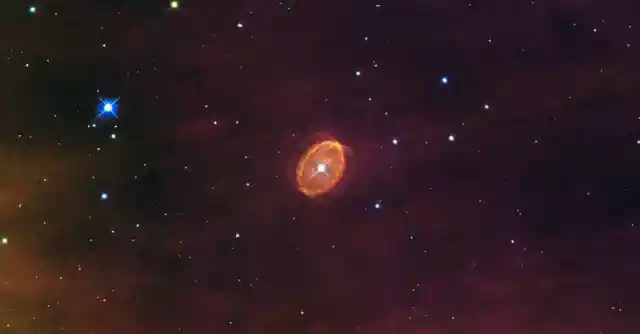
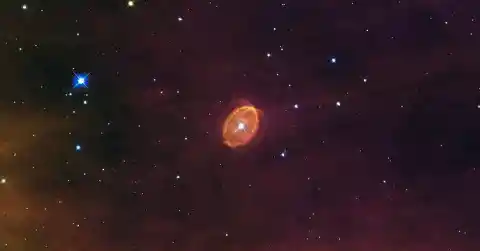
Eventually, the dying star reaches its limit, and we don’t get anymore energy. We just get a huge amount of “stuff” being put out – like iron.
The Death Rattle
After that, the star’s collapse continues without any new explosions or new elements.
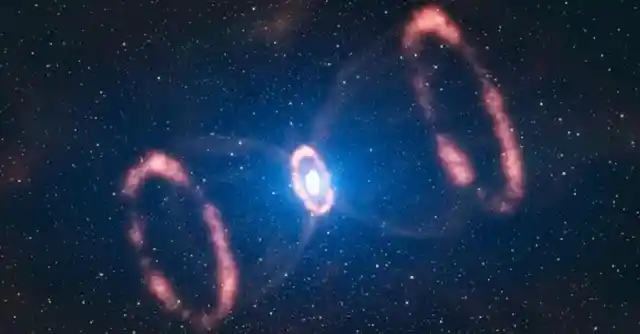
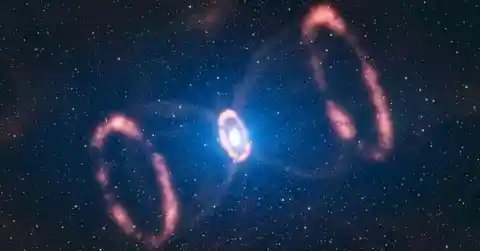
It then dies in a bogglingly large nuclear explosion that will outshine anything in its galaxy. All this matter that has been created gets flung across the universe. Now, imagine an unimaginable number of stars doing this every moment through the history of creation. So, you’ve probably made the connection by now.
Reaching Earth
It’s easy to think of our world and everything in it being apart from the darkness. We find materials, make them into useful things, and then throw them away.
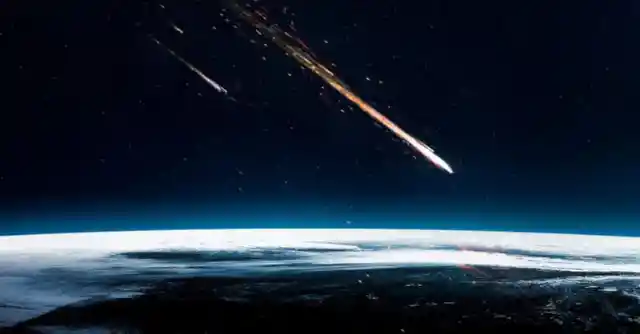
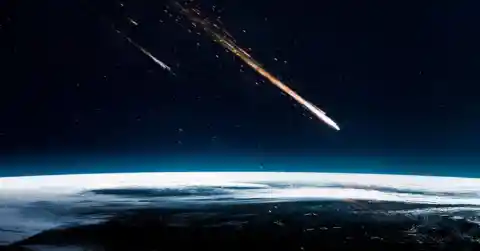
But, as corny as it sounds, everything around us comes from the universe. The swirls of earth’s creation and the elements that were flung through the emptiness landed on our forming crust.
That’s Why “Red”
Iron is plentiful because it’s one of the last things a dying star makes.
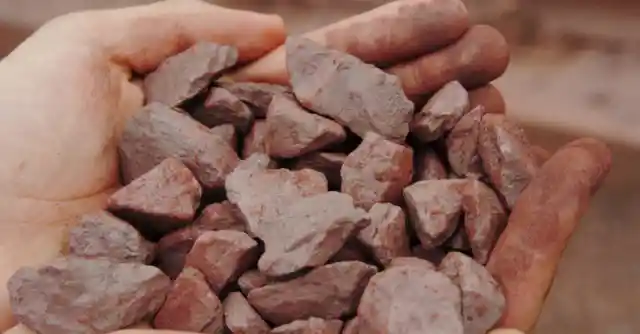
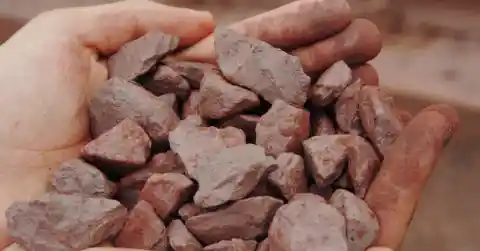
Farmer’s back then, and even the Venetians long ago, obviously didn’t know that the materials they were mixing into painting were part of a much larger picture.
Wonderful Connections
It might be a weird stretch to some people – connecting the color red and barns to the cosmos. However, it can be quiet a beautiful thought as well.
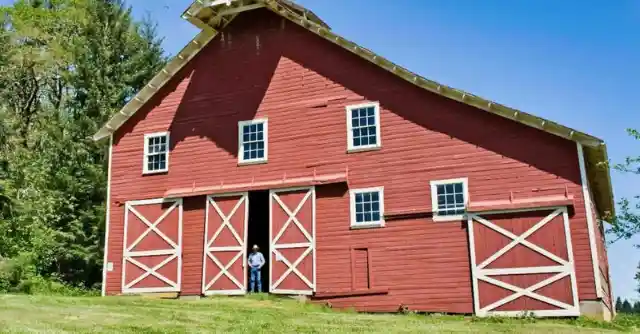
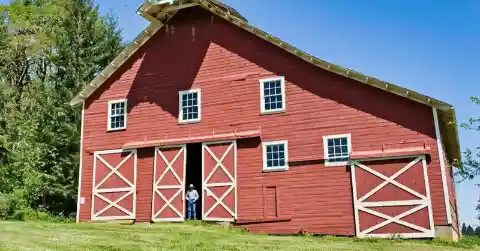
There was no secret between farmers to make a well-recognized building icon. The universe sort of decided for them.